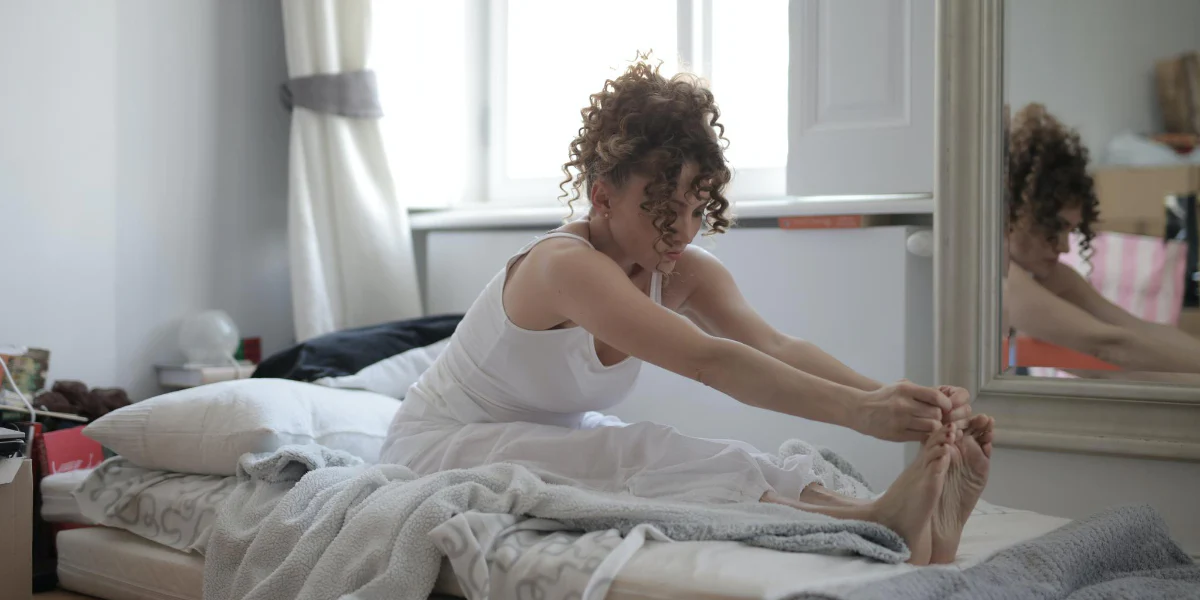Back pain is one of the most common complaints that individuals have to their doctors. Nearly 65 million Americans have recently experienced back discomfort. Some 16 million adults — or 8% of all adults — suffer from persistent or chronic back pain, limiting their daily activities.
The good news is a renowned physical therapist in New York City has now shown how five simple exercises can quickly alleviate the awful discomfort – and you can do them while sprawled in bed.
Back Exercises You Can Do in Bed
Finding a comfortable place to lay on your stomach is the first step, according to physical therapist Dr. Dan Ginader, who specializes in injuries related to dancing.
He goes on to say that The McKenzie Method is the methodology upon which his suggestions are founded.
Resting on your stomach will relieve symptoms if rounding the back causes them as you extend your back.
“Resting on your stomach enables you to accomplish precisely that, with all the comforts and encouragement,” he states in a video uploaded to his TikTok account, with nearly a million followers.
The second body position involves maintaining your legs on the floor as you elevate yourself on your elbows for a little extra stretch and then perform tiny push-ups.
The third is gentle rotation. Dr Ginader advises lying on your back and bending your knees to one side until you feel a mild stretch. Hold for a brief moment and move to the opposite side.
Dr. Ginader refers to the fourth movement as “sciatic nerve glides.”
Excessive pressure on the sciatic nerve, which passes from the lower back down the hips, buttocks, and down each leg, is the root cause of many types of back pain.
An injury-related tension on the nerve can result in discomfort, inflammation, and even numbness in the leg.
With your hands wrapped over the back of your knee, bend your leg toward the ceiling while performing a sciatic glide, which is intended to release pressure on the sciatic nerve.
Lastly, doing bridges to expand the back can also assist in relieving any strains or trapped nerves. This is done by lifting the pelvis upward while keeping the feet stable and the knees bent.
Within three days, if the pain does not subside, Dr. Ginader suggests getting medical attention.
Overall, the idea is to keep things pretty moderate and to accept whatever the body provides.
Follow Woman’s Week for more updates.

